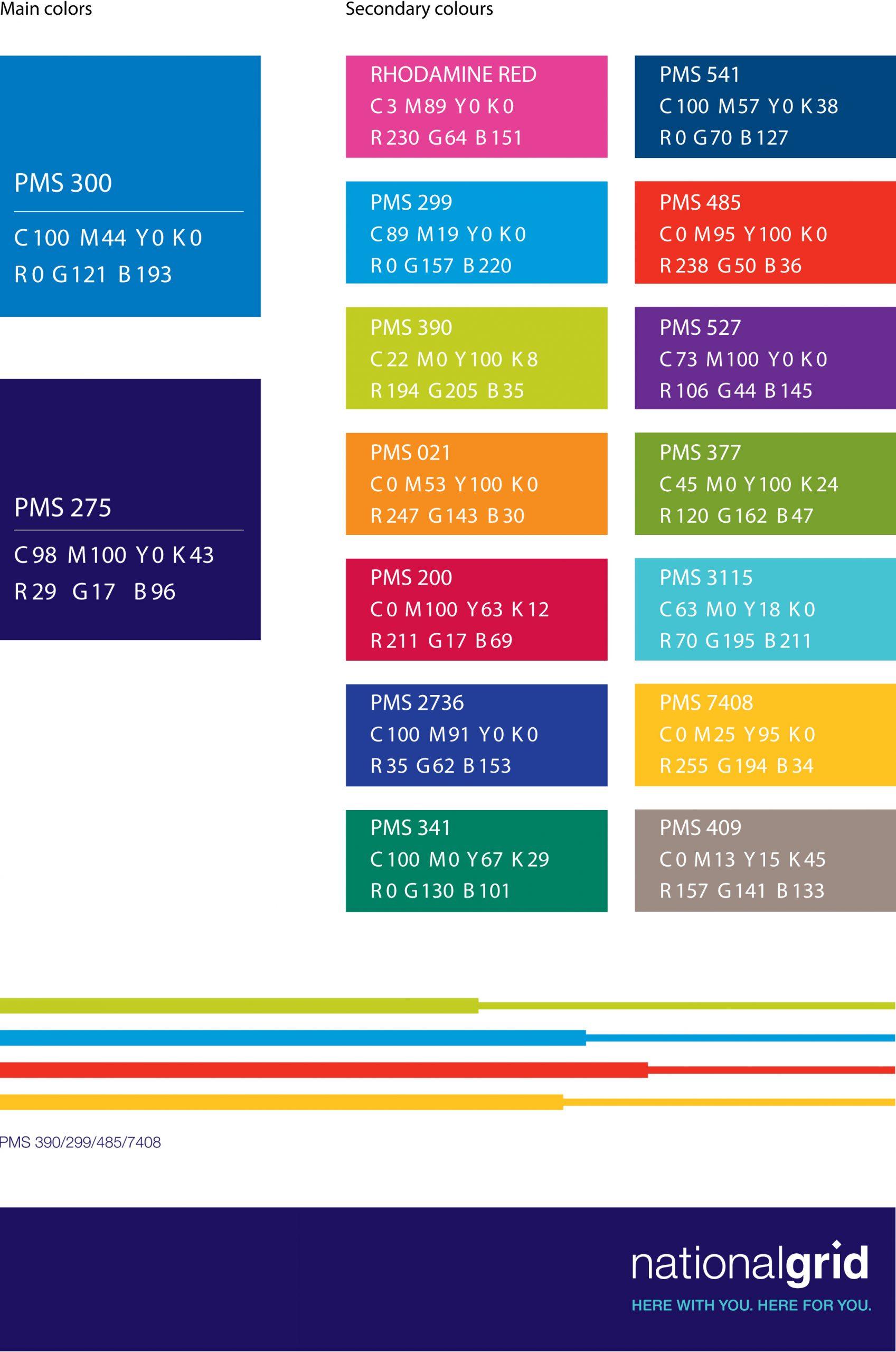The National Grid: Backbone of the UK’s Energy Supply

Introduction
The National Grid is a critical component of the United Kingdom’s energy infrastructure, serving as the primary system for transmitting electricity from power stations to consumers. Given the growing demands for sustainable energy and the increasing reliance on renewable sources, understanding the National Grid’s function and challenges has become increasingly important.
What is the National Grid?
The National Grid is essentially a network of transmission lines, substations, and transformers that transport electricity across the UK. It manages the flow of energy from various sources, including fossil fuels, nuclear power, and renewable energy sources such as wind and solar. The grid ensures that electricity supply meets the demand in real-time, making it essential for the daily functioning of homes, businesses, and industries.
Current Challenges and Developments
As the UK’s energy landscape evolves, the National Grid faces several challenges. One of the prominent issues is integrating renewable energy sources while maintaining stability and reliability. Recently, the National Grid has launched initiatives to enhance grid resilience and engage in demand-side management, encouraging consumers to shift their usage during peak times.
Furthermore, the UK’s commitment to achieving net-zero carbon emissions by 2050 necessitates significant investment in the grid’s infrastructure. Upgrades are being made to accommodate increased electricity demand and to facilitate the connection of more renewable energy projects. According to the National Grid’s latest report, the grid managed to deliver a record 50% of its energy from renewable sources for a significant portion of 2022, highlighting the shift towards greener energy.
Future of the National Grid
Looking ahead, the National Grid is set to undergo further transformations. Innovations in smart grid technology, such as advanced metering and energy storage solutions, are expected to enhance efficiency and reliability. Additionally, the integration of electric vehicles (EVs) into the grid presents both opportunities and challenges, necessitating real-time management of supply and demand.
Conclusion
The National Grid is not only an engineering marvel but also a vital element in the UK’s energy strategy. As the country transitions to a more sustainable energy future, maintaining and upgrading this intricate system will be pivotal. For consumers, businesses, and policymakers alike, the developments in the National Grid will have lasting implications on energy costs, supply stability, and the broader efforts toward carbon neutrality. Understanding these changes is essential for anyone invested in the future of energy in the UK.
